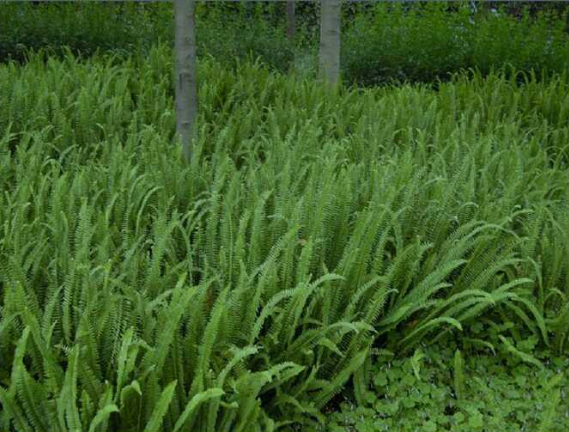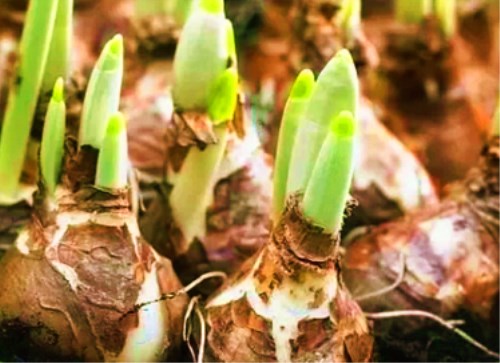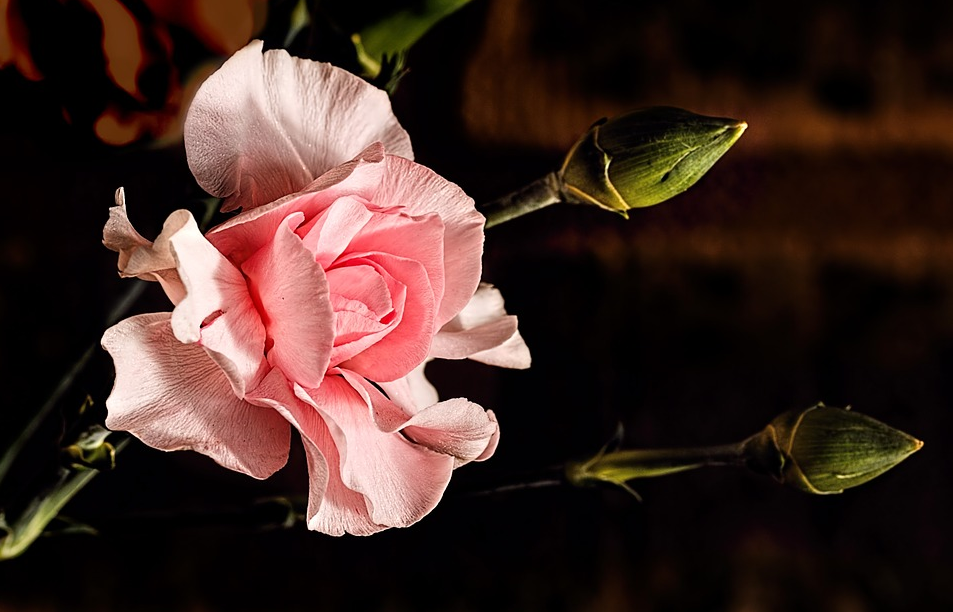Can kidney fern (Shihuangpi) be eaten? What is the effect and function of kidney fern? How to raise kidney fern?
Kidney fern, leaves clustered, dark brown, slightly glossy, leaf blade linear-lanceolate or narrowly lanceolate, pinnate, lanceolate, leaf margin sparsely obtuse serrate. So can kidney fern (stone yellow bark) be eaten? What is the effect and function of kidney fern? How to raise kidney fern?

Can you eat kidney fern (Shihuangpi)?
You can eat it. Kidney fern, also known as centipede, round sheep tooth, grate grass, stone yellow bark, is native to tropical and subtropical regions. Evergreen and epiphytic in the stone crevices and tree trunks under the forest by the stream. Like warm, moist and semi-overcast environment. Kidney fern is a widely used ornamental fern inside and outside China. In addition to garden application, kidney fern is also a traditional Chinese medicine, which can be eaten.
Kidney fern fruit can also be eaten, the part that can be eaten is tuber, can be eaten raw and cooked, its taste is light, there is no obvious smell, when thirsty to eat, can be used to replenish water.
2. What is the efficacy and function of kidney fern
1. Rich in nutrients
The leaf or whole grass of Dryopteris Dryopteris (Orchidaceae). The root tuber contains fern-9 (11)-Ene, β-sitosterol, limonene, β-sitosterol-β-D-glucoside, β-sitosterol palmitate and cycloopioid, and the aboveground part contains redwood. The whole grass also contains 24-ethyl cholesterol, 24-methyl cholesterol, 24-ethyl cholest-5-line 22-dienol and cholesterol and trace 24-methyl cholesterol-5-line 22-dienol.
two。 Efficacy and function
(1) clearing heat, promoting dampness, detumescence and detoxification. Treat jaundice, turbid, astringent pain in urination, dysentery, hernia, mastitis, scald, knife wound. Internal service: fried soup, 2: 5 yuan (fresh: 1: 2 taels). External use: tamping.
(2) "Guizhou folk medicine": clearing heat. Treatment of knife wounds, hematemesis, turbid, infertility.
(3) Sichuan Chronicles of traditional Chinese Medicine: for the treatment of breast abscess and postpartum breast swelling.
(4) Quanzhou Materia Medica: clearing heat and detoxification, promoting urination. Treatment of damp-heat jaundice, adverse urination, nausea, choking diaphragm, hernia.
(5) "New selection of practical Chinese Herbal Medicine in Guangxi": treatment of lung heat cough, centipede bite, soup fire injury, infantile accumulation, lymph gland tuberculosis.
3. Clinical application.
(1) treat turbid, urinate drip, pain is unbearable: centipede fern (dry use) five dollars, fir tips 21, Prunella vulgaris five dollars, wild radish four dollars. Simmer water to eat sugar. (Guizhou folk medicine).
(2) treatment of knife wound: tamping the tender leaves of centipede fern. (Guizhou folk medicine).
(3) treatment of breast swelling and pain: kidney fern tender stems and leaves, ramming velvet compress. (Sichuan Journal of traditional Chinese Medicine).
(4) to treat damp-heat jaundice: round sheep teeth dry the whole grass for five to one or two. Pan-fried suit.
(5) for the treatment of choking, diaphragm and nausea: round sheep tooth dry whole grass research last three money. Take the wine three times a day.
(6) treatment of chronic dysentery: fresh leaves of round sheep teeth. Mash, add rice swill and mix well with the juice. ("Fujian Chinese Herbal Medicine" is listed below ④).
Third, how to raise kidney fern
Kidney fern is a widely used ornamental fern at home and abroad. It is easy to cut and grow, and is widely used in open field cultivation and indoor pot planting to observe leaves. It is especially used for basket-style cutting and training, which is more interesting. Kidney fern is also the main leaf-cutting material. Kidney fern tuber contains starch, human medicine to treat cold cough, enteritis and diarrhea, the whole herb to treat five lymphoid white turbid, avalanche and other diseases.
Many cut and cultured species of Dryopteris are the most widely used ferns in the world. There are 5 species in China, which are distributed in the vast area south of the Yangtze River. It grows under the forest by the stream, in the crevice of the rock, or on the tree trunk, and is distributed in the wild. The main ornamental species are: tall fern, which has cultivated hundreds of cultivated species, and the first mutant discovered in 1870 was the famous Boston fern. These species are very suitable for potted and hanging plants, and are ideal materials for interior decoration and are popular all over the world, but most of them are sterile and must be propagated asexually; long-leaf kidney fern, large fern, terrestrial or epiphytic, very strong growth.
Kidney fern likes bright scattered light and can be placed by the indoor north window. The suitable temperature for its growth is 15 ℃ 21 ℃ at night. 24 ℃ ~ 26 ℃ in daytime. Kidney fern is more resistant to drought, but it is necessary to supply enough water in the growing season and keep the air moist, with a humidity of 506f} "60bf}. Dryopteris is suitable for loose and breathable neutral or microsoil. The culture soil can be made of 1 part of rotten leaf soil, 1 part of vermiculite and 2 parts of vermiculite. When the growth is exuberant, liquid fertilizer should be applied once or twice a month. The kidney fern grows very fast, and its roots will soon be covered with pots, so the pots have to be changed every year. The most common way to breed kidney ferns is to split plants in combination with pots in spring. Kidney fern has many horizontal creeping branches, pressed on the soil or fixed on the soil surface with wire hooks, can grow small plants, and can be separated and planted from the mother plant when it grows to a certain size. The Phoenix ball-shaped tuber of kidney fern can also be bred into plantlets. Kidney ferns are cut and cultivated on land and can quickly establish natural communities through the growth of creeping branches. Spore reproduction is also a widely used method.
Fourth, the selection and purchase method of kidney fern
The tuber is spherical or oblate, about 2cm in diameter; the surface is densely covered with yellowish brown tomentose scales, with round scars falling behind from the root stem; after removing the scales, the surface is bright yellow with obvious irregular wrinkles; the quality is hard. Leaves fascicled; petiole slightly twisted, 6-9cm long, with bright brown scales on the lower part; rachis brown, leaf blade often wrinkled, linear-lanceolate when flattened, 30-60cm long, 3-5cm wide, pinnatifid; pinnae sessile, lanceolate, about 2cm long, about 6mm wide, with sparsely obtuse teeth on the margin; one row of sporangia at each end of lateral veins. The breath is slight and the taste is bitter.
5. Preservation methods of kidney fern
Can be used in a cool and ventilated place, put in a dry place.
Time: 2019-04-06 Click:
- Prev

Are daffodils and their bulbs poisonous? Is it possible to breed indoors? Can you still plant after flowering?
Narcissus is one of the top ten famous flowers in our country, which is commonly known as Lingbo fairy. Every New year, people like to clear the supply of daffodils, embellished as New year flowers. So are daffodils and their bulbs poisonous? Is it possible to breed indoors? Can you still plant after flowering? Are daffodils and their bulbs poisonous?
- Next

Are carnations poisonous? How to raise carnations at home? Can I eat it?
Carnation is known as carnation, also known as lion carnation, carnation, Dutch carnation, etc., Carnation family, carnation plants, deeply loved by people, so carnations poisonous? How to raise carnations at home? Can I eat it? Are carnations poisonous? carnations are non-toxic. You don't have to worry about that.
Related
- Fuxing push coffee new agricultural production and marketing class: lack of small-scale processing plants
- Jujube rice field leisure farm deep ploughing Yilan for five years to create a space for organic food and play
- Nongyu Farm-A trial of organic papaya for brave women with advanced technology
- Four points for attention in the prevention and control of diseases and insect pests of edible fungi
- How to add nutrient solution to Edible Fungi
- Is there any good way to control edible fungus mites?
- Open Inoculation Technology of Edible Fungi
- Is there any clever way to use fertilizer for edible fungus in winter?
- What agents are used to kill the pathogens of edible fungi in the mushroom shed?
- Rapid drying of Edible Fungi

